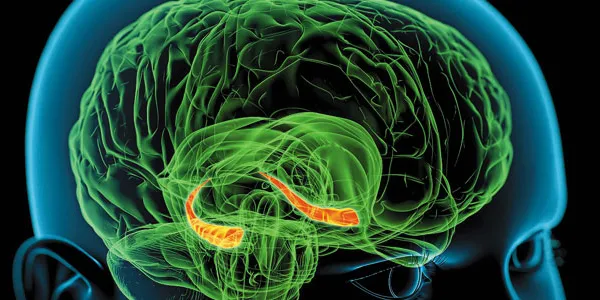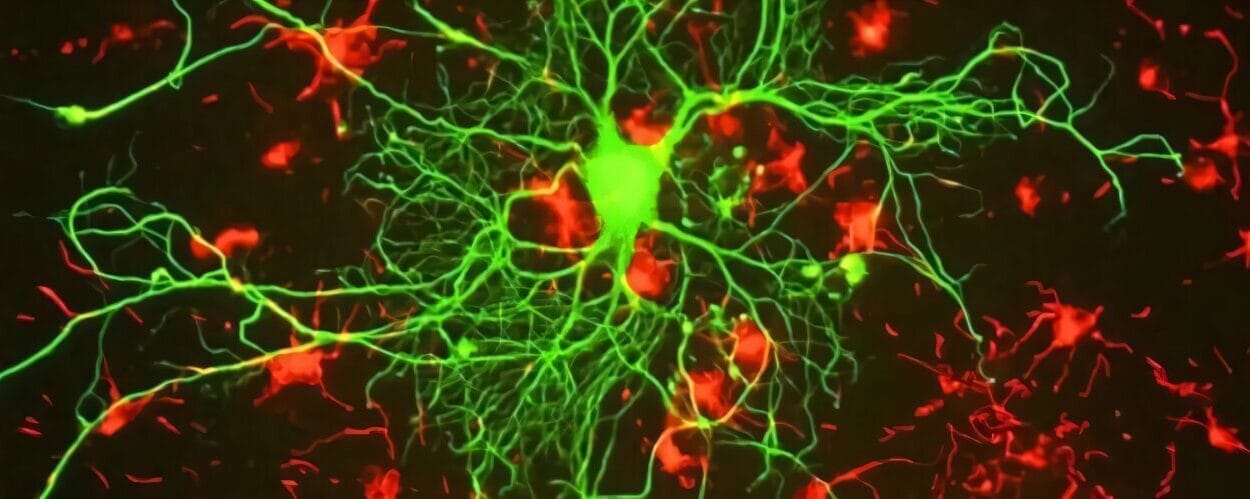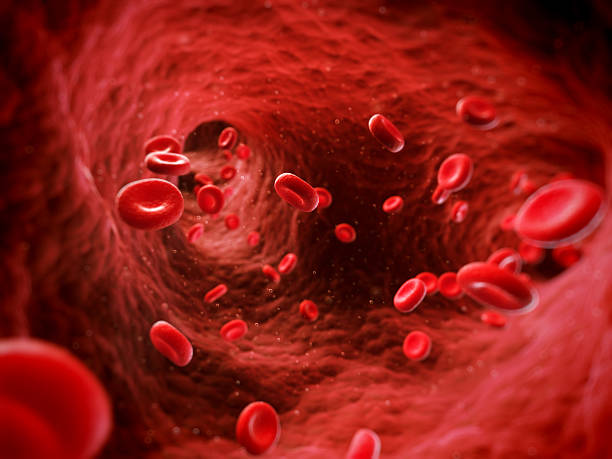There is a silent narrator inside your head. It remembers your first day at school, your grandmother’s voice, the smell of the ocean on a summer night, the pain of heartbreak, the thrill of discovery. This narrator tells you who you are, what you’ve been through, and how you fit into the world. It does so through memory—a fragile, intricate, and astonishing biological phenomenon.
Memory isn’t just something the brain does; it’s what the brain is built for. Our memories shape every moment of perception, thought, and behavior. Without memory, we couldn’t learn, speak, or recognize loved ones. We couldn’t plan a future because we wouldn’t know we had a past.
But how does this miracle unfold inside the brain? What are memories made of? And why are they sometimes so vivid, yet sometimes elusive or painfully distorted?
The journey into how the brain forms memories is not just a tour through neuroscience—it’s a deeper exploration into the very essence of being human.
The Landscape of Memory: Different Types, Different Places
Memory is not a single system housed in one corner of the brain. It is a network of processes, each involving different brain regions, timescales, and mechanisms. To understand how the brain creates memories, we must first acknowledge that there are many types of memory.
Episodic memory is our ability to recall specific events, like a birthday party or a vacation. It gives us the sensation of mentally time-traveling back into a scene. Semantic memory is the storage of general knowledge and facts—knowing that Paris is the capital of France, for example. Procedural memory allows us to perform tasks without conscious thought, such as riding a bicycle or typing.
Short-term memory, or working memory, holds information temporarily—usually seconds to minutes—allowing us to carry out tasks like mental arithmetic or following directions. Long-term memory, on the other hand, can last days, decades, or an entire lifetime.
These forms of memory rely on different neural substrates. The hippocampus, a seahorse-shaped structure deep in the temporal lobe, is critical for episodic memory. The basal ganglia are central to procedural learning. The prefrontal cortex supports working memory. Each region contributes to the orchestration of remembering, with complex interconnections like the threads of a grand tapestry.
Encoding: When Moments Become Signals
Memory begins with encoding—the process of perceiving something and translating it into a format that the brain can store. This is not a passive recording, like a camera lens. It is an active transformation, influenced by attention, emotion, and context.
Imagine walking into a café on a rainy afternoon. Your senses are flooded: the aroma of coffee, the sound of jazz music, the sight of steam curling above a mug. Your brain is flooded too, with electrical signals from your eyes, ears, nose, and skin. But you won’t remember all of it—only what you attend to, what strikes you, what matters.
The prefrontal cortex plays a pivotal role here, directing attention and deciding what is important enough to store. If something feels meaningful or emotionally charged—say, you meet someone you fall in love with over coffee—the amygdala becomes involved. It marks the memory as significant, increasing the chances it will be stored for the long term.
Encoding also depends on the brain’s ability to convert experience into neural code. Sensory data is processed through networks of neurons that fire in patterns. The more elaborate the encoding, the stronger the memory. That’s why repeating information, linking it to other ideas, or forming vivid mental images can help improve recall.
Consolidation: From Fragile to Fixed
Encoded memories don’t immediately become permanent. They exist at first in a labile state, susceptible to interference. To become durable, they must undergo consolidation—a process that stabilizes and strengthens them over time.
This is where the hippocampus shines. After an experience, the hippocampus acts as a central librarian, indexing the memory and connecting its sensory elements, which are stored in different cortical areas. It links the smell of coffee to the face you saw, to the emotion you felt, to the words you heard. It binds them into a coherent whole.
Over hours and days, neural activity during sleep—especially during deep slow-wave sleep and REM—reactivates these memory traces. The hippocampus replays the patterns of activity associated with the original experience, transferring them gradually to the neocortex for long-term storage.
Sleep, in this sense, is more than rest—it is an active rehearsal ground for memory. That is why sleep deprivation impairs learning and why dreams often contain fragments of recent experience. The brain is literally consolidating your day while you slumber.
Over time, as memories become more stable and less reliant on the hippocampus, they are said to be “transferred” to the cortex. This cortical storage explains why very old memories can remain intact even if the hippocampus is damaged later in life.
Storage: The Neural Code of Experience
One of the most astonishing facts about the brain is that memories are not stored like files in a cabinet. There is no single neuron that holds your memory of a birthday party. Instead, memories are distributed across networks of neurons that fire together.
This principle, known as “Hebbian learning,” was famously summarized by psychologist Donald Hebb: “Cells that fire together, wire together.” When two neurons are active at the same time, the connection between them strengthens. Over repeated activations, this creates a durable circuit.
The molecular basis of this is called long-term potentiation (LTP). When a synapse—the junction between two neurons—is repeatedly activated, it undergoes changes that make future activation more efficient. More receptors are added, signaling pathways are enhanced, and the synapse becomes more responsive. It is like a well-worn trail in a forest, easier to travel each time.
LTP has been observed extensively in the hippocampus, and it is widely considered one of the primary cellular mechanisms for memory storage. Other processes, like synaptic pruning and structural plasticity, also contribute. Dendritic spines—tiny protrusions on neurons—grow or retract in response to learning. Glial cells help modulate these changes.
The result is a constantly shifting landscape inside your brain, molded by experience, learning, trauma, joy, and repetition. Every memory leaves a physical trace, however small.
Retrieval: Bringing the Past into the Present
What use is a memory if we cannot retrieve it? Memory retrieval is the process of reactivating the neural patterns that represent a stored experience. When successful, it can feel like stepping back in time. When it fails, we experience the frustrating sensation of something being “on the tip of the tongue.”
Retrieval depends heavily on cues. These can be external, like a familiar song or scent, or internal, like a mood or thought. The closer the cue matches the original context in which the memory was encoded, the more likely retrieval will succeed—a principle known as encoding specificity.
This is why returning to a childhood home can flood you with forgotten memories or why taking a test in the same classroom where you learned the material can help performance.
The hippocampus, again, plays a critical role in retrieving episodic memories, helping reconstruct the original web of associations. The prefrontal cortex helps search for and select the relevant memory trace, suppressing irrelevant ones.
But memory is not like playing back a video. Every retrieval is a reconstruction, vulnerable to distortion. Each time you recall a memory, it becomes temporarily malleable, open to change before being stored again—a phenomenon known as reconsolidation.
This plasticity is both a blessing and a curse. It allows us to update our memories in light of new information, but it also makes them fallible. Eyewitness testimony, for instance, is notoriously unreliable, influenced by suggestion and time.
Emotional Memory: Why Feelings Are So Hard to Forget
Emotions burn memories into the mind. A terrifying car accident, a joyful wedding, a devastating breakup—these experiences sear themselves into consciousness, often staying vivid for years. This is because emotion acts as a highlighter, amplifying memory formation through neurochemical changes.
The amygdala, a small almond-shaped structure in the brain’s limbic system, is central to this process. It detects emotional salience and modulates activity in the hippocampus and other memory-related areas. When you’re scared or overjoyed, the amygdala releases stress hormones like adrenaline and cortisol, which in turn influence memory consolidation.
These mechanisms likely evolved to help us remember important events for survival—remember the predator’s face, the poisoned berry, the path to safety. But in modern life, they also underlie post-traumatic stress disorder (PTSD), where traumatic memories are too strong, intruding into consciousness again and again.
Emotionally charged memories are not just stronger—they are more resistant to forgetting. Yet even they can be reshaped. Therapies that target reconsolidation, like EMDR (eye movement desensitization and reprocessing), are helping people reframe traumatic memories, reducing their emotional sting without erasing the facts.
Forgetting: A Necessary Loss
Memory is precious, but forgetting is vital. The brain cannot store everything, nor should it. Forgetting allows us to prioritize, to let go of irrelevant or outdated information, to live in the present.
Forgetting happens in several ways. Some memories decay simply due to disuse—their neural pathways weaken over time. Others are overwritten by new learning. Interference also plays a role: similar memories can compete, making retrieval harder.
The brain may also actively erase certain memories through a process called synaptic pruning. Sleep appears to be involved here too, selectively weakening unimportant synapses while preserving useful ones.
Forgetting can be frustrating, even painful. But it is essential for cognitive flexibility. Without it, we would be overwhelmed by detail, unable to adapt or change. The act of forgetting, paradoxically, is part of what makes memory meaningful.
Memory and the Self: The Inner Continuity
To understand how the brain forms memories is also to understand how it forms the self. Your identity is not a fixed essence but a story you tell yourself, shaped by remembered experiences.
In conditions like Alzheimer’s disease, when memory falters, identity begins to fray. Loved ones become strangers. Daily life turns into a maze. It is not just the loss of memory—it is the loss of continuity, of personal history, of the thread that ties the present to the past.
Yet even in late-stage dementia, some memories—especially those connected to music, emotion, or long-practiced routines—can remain intact. This reveals the layered nature of memory, and the resilience of certain brain systems.
It also speaks to the deeply human desire to be remembered. We preserve memories through photographs, journals, songs, and stories—not just to recall them ourselves, but so others will know who we were.
Memory in the Digital Age: What Happens Next?
We now live in a world saturated with external memory. Smartphones store our photos, calendars, and contacts. Google answers our questions. Social media becomes a timeline of our lives. In many ways, we are offloading memory onto machines.
This changes how our brains use memory. Studies suggest that people remember where to find information rather than the information itself—a phenomenon known as the “Google effect.” This doesn’t necessarily weaken memory but shifts its role.
The age of artificial intelligence raises even deeper questions. If a machine could replicate your memories, could it replicate you? If memory is the basis of identity, then copying memory might blur the boundary between biology and technology.
At the same time, neuroscience is exploring ways to enhance memory with implants, to restore lost memories with stimulation, or even to erase painful ones. We are entering an era where memory is not just studied but engineered.
The Wonder of Remembering
At its core, memory is a miracle. A fleeting moment—a face, a sound, a sentence—can become etched in the brain’s living circuits, revisited years later with startling clarity. The brain achieves this with cells no larger than grains of sand, using signals measured in millivolts and molecules invisible to the naked eye.
It is a triumph of nature’s engineering and an expression of life’s deepest purpose: to persist, to adapt, to carry meaning forward in time.
The next time a song transports you to childhood, or a scent brings back a long-forgotten face, pause for a moment. You are witnessing something sacred. Not just the mechanics of synapses and neurons, but the architecture of soul, the gentle threading of who you are, stitch by stitch, across the fabric of your life.
Your memories are not just stories you tell. They are you. And behind each one is a brain quietly performing one of the most astonishing feats in the known universe.






